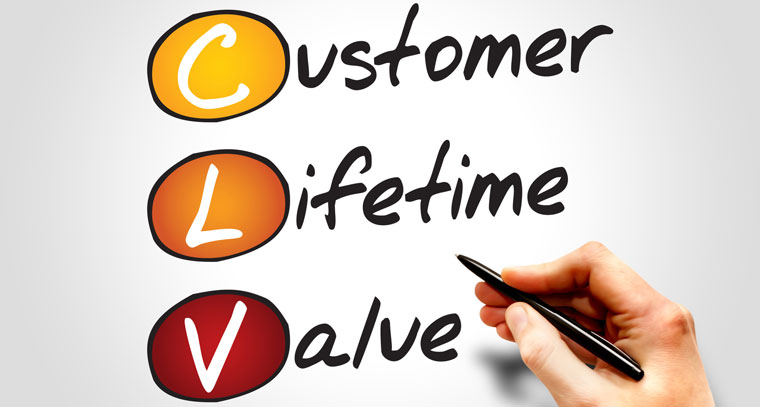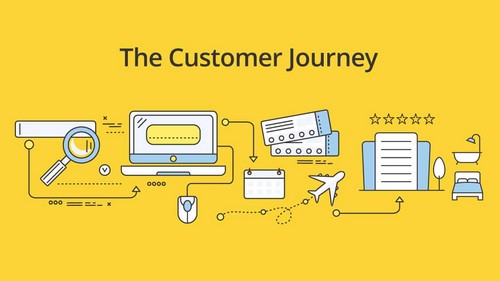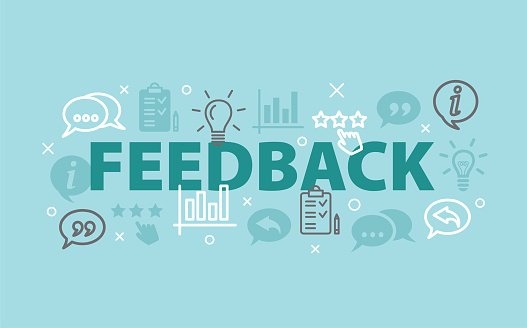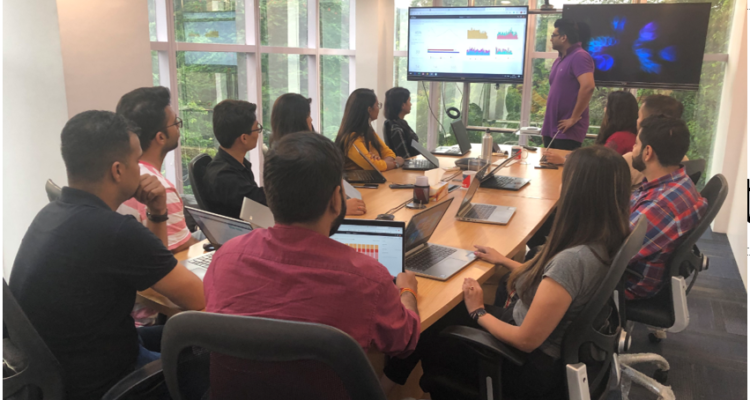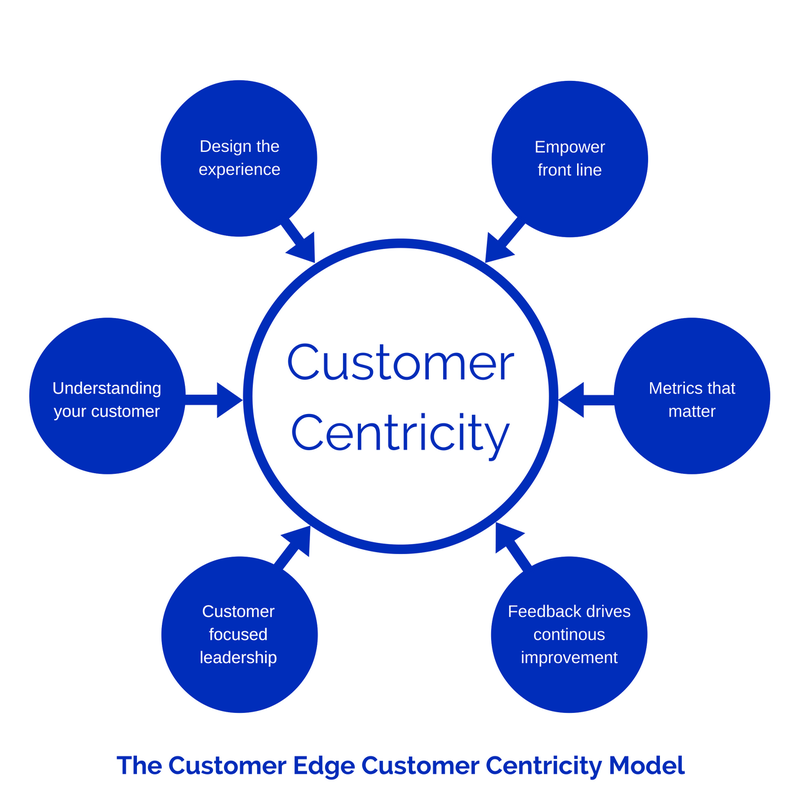Most firms love to talk about the value of customers but don’t get value for customers right. That’s ironic because customers that get value create business value in return by increasing profitability and market share. Academia has written about value for customer for decades. But businesses have been sluggish and incomplete in applying it.
We asked ourselves: Why is that? How can we do better? What can companies gain if they understand value for customer? What is a CX pros’ role in this?
Misconception (“What”): Value for customer is about value for money
Value for customer is actually “A customer’s perception of what they get versus give up.” It has four dimensions: functional, economic, experiential, and symbolic. Siloed efforts by marketing, CX, product, sales, or pricing fail to create value across all dimensions. Worse, lacking a horizontal view of the customer, these efforts can cancel each other out.
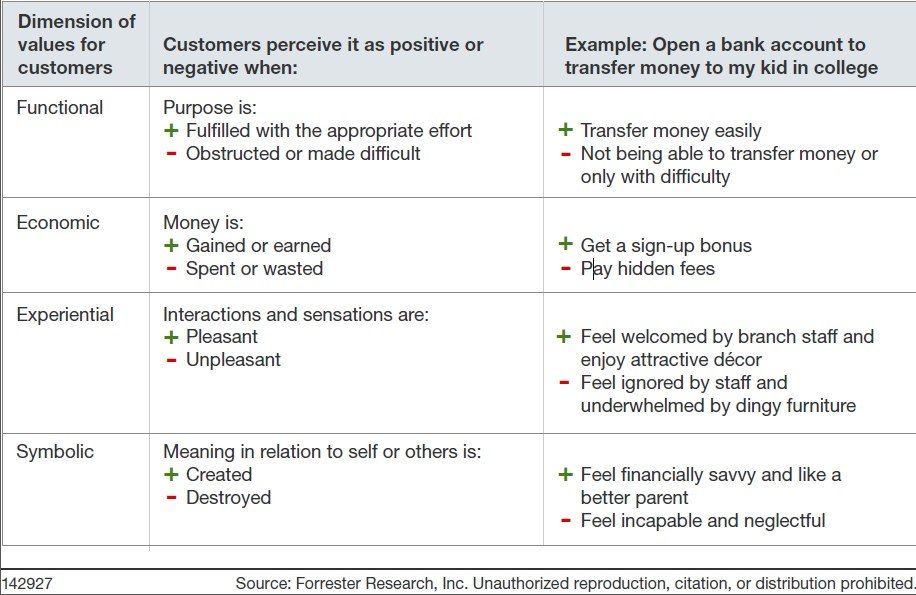
Customers make trade-offs between these value dimensions. They are willing to give up value in a less important dimension if they get high value in another, more important one. But customers have a threshold for how much they are willing to give up depending on their context.
Misconception (“How”): Features of a product or service create value for customers
Value isn’t inherent but a perception. Context (worldview, situation and comparisons) determine what customers value and how they form that perception.
To form value perceptions, many people use “mental shortcuts.” Especially, when they are under time pressure or unfamiliar with a product or service.
Misconception (“Who”): Your firm creates and delivers value for customers
When trying to accomplish a goal, a customer derives value not from interacting with a single firm but from her own actions and interactions with many different organizations and people. For example, to become healthy, a customer creates a value network that includes a doctor but also a physiotherapist, friends and family, associations, and insurance firms – getting different value from each.
Firms that understand customers’ value networks and what value they seek from the firm vs. other actors can help customers create more value.
CX professionals must step up to improve value for customer
CX pros have the horizontal view of the organization along customer journeys. That’s critical to understand what customer want to accomplish, who they interact with as they do and what value they want from each actor – inside and outside your firm.
If you are a CX pro, volunteer to help your firm to improve value for customers! Get started by understanding how well your firm helps customers create value. Then, define metrics for value for customer, focus your research and design practice on identifying what customers value and finding ways to help them create it. Finally, pivot your CX ecosystem to help customers create (rather than destroy) value.


